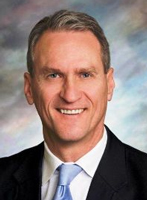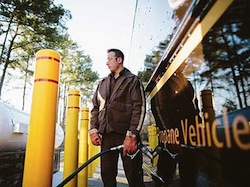 The Clean Jobs Index shows 2013 ended with a 19 percent increase in clean jobs. The study also shows more than 3.5 million clean jobs were available in 2013 with a 57 percent increase in solar jobs. Published by Ecotech Institute, the Clean Jobs Index was created to provide objective job information about the renewable energy industry. In addition, the index looks at various sustainability factors including alternative fueling stations, LEED projects and total energy consumption across the U.S.
The Clean Jobs Index shows 2013 ended with a 19 percent increase in clean jobs. The study also shows more than 3.5 million clean jobs were available in 2013 with a 57 percent increase in solar jobs. Published by Ecotech Institute, the Clean Jobs Index was created to provide objective job information about the renewable energy industry. In addition, the index looks at various sustainability factors including alternative fueling stations, LEED projects and total energy consumption across the U.S.
The index found large growth in clean jobs when compared to 2012 job postings, with solar jobs increasing 57 percent, wind jobs up 20 percent and renewable energy jobs increasing 9.3 percent. The report also looked at states with the most incentives for sustainability and renewables: Minnesota, California, Oregon, Washington, Texas, Indiana, Colorado, Florida, New York and Iowa.
“Renewable energy is the future and this data proves that more than ever,” said Kyle Crider, Ecotech Institute’s Program Chair and Manager of Environmental Operations. “With solar jobs up 57 percent and clean tech jobs up overall nearly 20 percent, it’s definitely an exciting time in the sustainable energy industry.”









